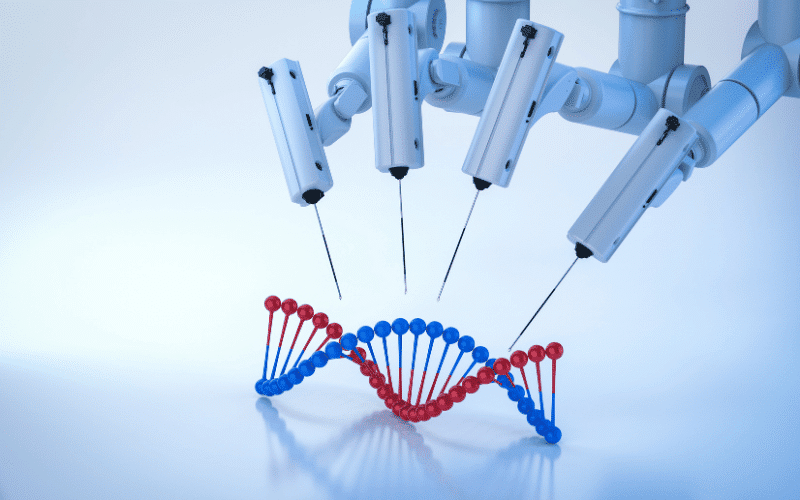Fact 8. Silent Genes: The Genetic Aspect of ALS

The genetic underpinnings of ALS continue to be a major area of research. Approximately 5 to 10% of all ALS cases, termed familial ALS, are linked to genetic mutations passed down through families. Over 30 different mutations have been identified thus far, with mutations in the C9ORF72, SOD1, and TARDBP genes being the most common.
Understanding these genetic links is crucial as it offers a glimpse into the underlying disease mechanism and potential avenues for targeted therapy. For instance, in some families, an inherited SOD1 gene mutation results in an abnormal form of the SOD1 enzyme, leading to damage and death of nerve cells. This has prompted research into therapies that can counteract this effect, opening new possibilities for ALS treatment.
Genetic testing has become an integral part of familial ALS management. It allows at-risk family members to determine if they carry the ALS-causing mutation. Such predictive testing can be a double-edged sword—while it allows for early detection and potential intervention, it also carries the weight of knowing one’s susceptibility to a currently incurable disease.
Moreover, having the mutation doesn’t necessarily mean the person will develop ALS, a phenomenon known as reduced penetrance. Many individuals carrying the mutation never develop the disease, suggesting that other genetic or environmental factors may be involved.
In contrast to familial ALS, the majority of ALS cases are sporadic, meaning they occur without a clear genetic link. The cause of sporadic ALS remains largely unknown, despite extensive research. However, emerging evidence suggests that sporadic and familial ALS share similar disease mechanisms, indicating that lessons learned from familial ALS can also benefit sporadic ALS patients. (8)